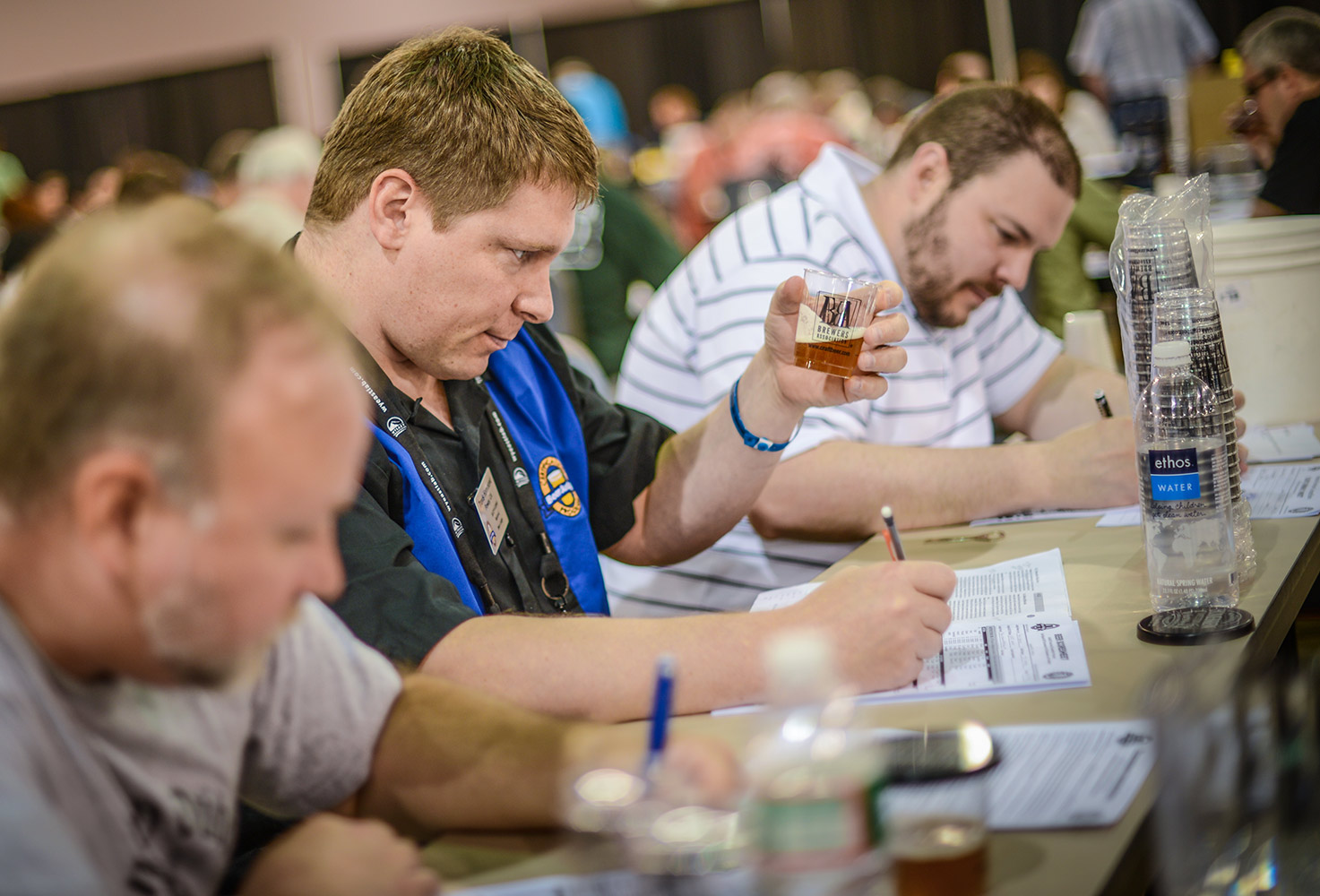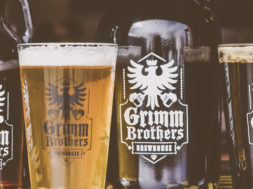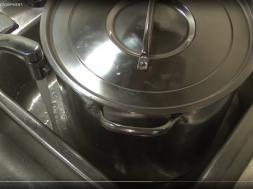How to Win Homebrew Competitions

Photo via http://seattlebeernews.com
You probably didn’t start home-brewing with competing in mind. But what if you made some brews that even the in-laws liked? Stuff that people asked for for gifts? Stuff that was gone before you had any? Maybe it’s time to think about entering a competition or two.
Planning ahead will boost your chances of bringing home a ribbon. Here’s an easy guide to get you to that first competition and maybe that first ribbon.
Get, and read, the latest version of the Style Guideline
Many competitions use standardized guidelines, like those from the Beer Judge Certification Program (BJCP) or the AHA. But each competition uses it’s own set of guidelines, so don’t:
- Use an old guideline
- Use one from another competition
- Assume there have been no changes since the last guide you looked at, even for the same competition
Read all the descriptions carefully. You want to make sure your recipe fits the style – judging is quite strict.
Do some taste testing
Do you taste and smell what’s in each sample, that had it fit in those style guidelines? You may see some similarities in the samples that cause you to tweak your recipe.
Picking the right brew based on its timing
All beers go through a peak in flavor and the style determines when. Usually, stronger beers take longer. A low gravity beer such as an English bitter can reach its peak in a month.
Generally, for an ale you’ll want to allow from 2 to 4 months from the date of brewing. If you’re making a lager, add another month or two. However, a strong barleywine can take over a year.
Also note that time will tend to decrease hop aroma, shifting the balance toward malt aroma. So if you want to enter your brew, make sure it’s at its peak for the competition.
Address all scoring issues in advance with the brew you pick
The score sheet for home brew competitions is from the BJCP. It’s a standardized score sheet showing the various elements of judging. Make sure that your recipe addresses all of them.
The judging starts with aroma even before the first sip. If you have a malty German style, the malt should be evident in the nose. Many American styles should feature a prominent hop nose. But make sure you don’t have a hop nose in your German malty beer. Pay attention to esters, diacetyl and sulfur aromas. Some of these are appropriate for certain styles. Too much of any of them will be death to your score.
Appearance is a small part, but it makes for a few easy points. Make sure the grain bill matches the color target for your style. A protein rest will improve clarity, especially chill haze. Don’t be afraid to use some Irish moss if necessary. Make sure the body will support good head retention.
Authentic flavor is the biggest part. Stick with noble hops for German styles and British hops for English styles. Make sure to calculate out the correct bitterness. And your yeast needs to match, too. Use a range of specialty malts to match the maltiness the style should have. Make sure the overall balance of flavors is correct. Almost all styles require balance.
Pay attention to mouthfeel. Make sure the malt profile gives the right amount of body. If you’re making a wheat beer, it should have that sticky gluten feel. Oatmeal stout should feel “big”. American lager should feel light on the palate. Carbonation is part of mouthfeel, so when you bottle your beer, check the appropriate level for your style.
Finally, there is overall impression. Did the judge like it? If so, you’re in good shape. If not, it tends to be reflected in lower scores in aroma or flavor areas.
Will the judge remember it? One of the check boxes on the bottom of the scoresheet is called “intangibles”. I found the best trick here is to brew a big beer. Go to the upper end of the range in malt, hops and yeast. Whatever the judges are looking for, they’ll want a lot of it.
Make a clean brew
Even the best recipe won’t win if you get wild yeast or sterilant in the batch. Make sure your yeast starter is working well. Make a big starter and aerate well. Make sure air stays away at any subsequent step. Oxidized beer loses points. Keep the temperature controlled to prevent ester or diacetyl flavors. Finally, don’t use funny metals in your brewing set-up. Cleanliness contributes substantially to overall impression, so unless you’ve really missed the mark at recipe formulation, just about any clean beer scores well.
Enter
You can’t win if you don’t enter. Luck does play a little part, but so does skill and persistence. Not all batches of beer come out as award winners. If you like competing, don’t quit. You’ll get better with time. Have fun!
And if you have some competition experience, feel free to share!












